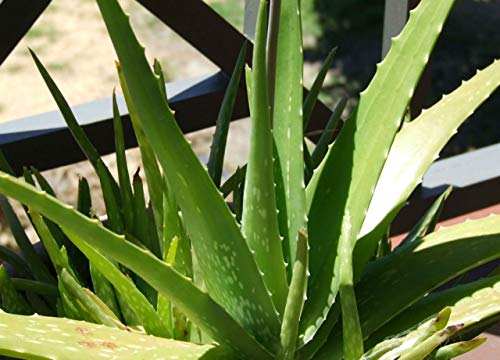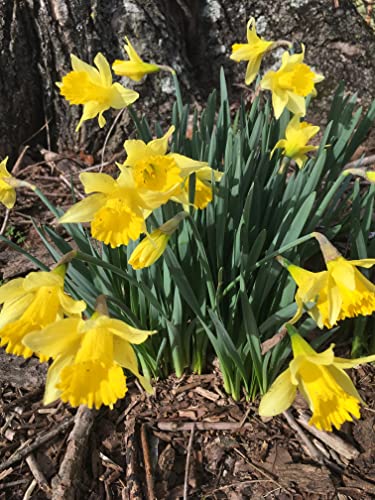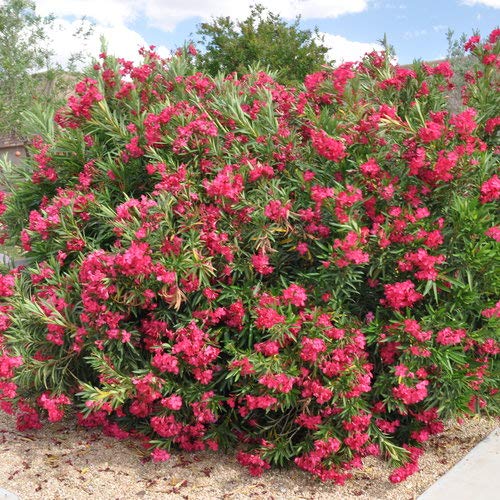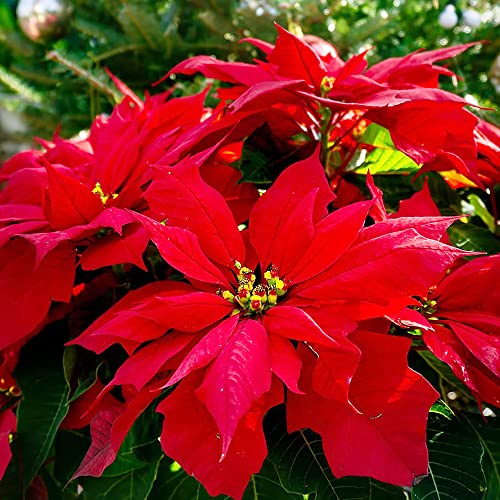You love your furry friend and want to keep them safe, of course. But did you know that some common plants and flowers can be harmful to dogs?
A beautiful garden can bring joy and peace to your home but there are certain plants that pose a serious risks to your pet’s health. And so the onus is on you to be aware of these potential dangers that could be lurking in your backyard.
So I’m going to go through 10 plants and flowers that can harm your dog. From mild irritants to toxic threats, knowing which to avoid can make all the difference in keeping your dog safe and healthy.
Aloe Vera
Aloe Vera may be beneficial to humans but it can absolutely be harmful to your dog.
Toxic Components
Aloe Vera contains saponins and anthraquinones. That probably won’t mean much to you but know this – if your dog eats these they will irritate and upset your dogs stomach. The latex in Aloe Vera, which is a yellow substance under the plant’s skin, is especially toxic.
Symptoms in Dogs
If your dog has eaten Aloe Vera it might cause vomiting, diarrhea and lethargy. You might also notice tremors or a change in urine color. If your dog is showing these symptoms then either get in contact or take them to a vet straightaway.
Amaryllis
Amaryllis is an another plant that can be quite dangerous for dogs. So it’s important to be aware of the rails it can pose as you will be well placed to safeguard your dog if your choose to grow it.
Toxic Components
Amaryllis contains several toxic compounds, including lycorine and other alkaloids. If eaten they will irritate your dogs digestive system and can even affect their nervous system too. The highest concentration of these toxins is found in the bulb of the plant, so it’s the most dangerous part.
Symptoms in Dogs
The symptoms of ingesting amaryllis can vary. The most common signs are vomiting, diarrhea and lethargy.
More severe cases can lead to tremors, excessive drooling and abdominal pain. If your dog is showing any of these signs after being exposed to amaryllis then get in contact with your vet immediately.
Azalea
Azaleas are very popular. You’ll find them in lots of gardens as they’re relatively easy to grow and look great. But they can also be a serious threat to your dog. Ingesting even a small part of one can lead to severe health issues.
Toxic Components
Azaleas contain grayanotoxins, which are highly toxic to dogs. They can affect muscle and nerve function. And every part of the plant, from the leaves to the flowers, have this toxin in it. So the whole plant is hazardous.
Symptoms in Dogs
Eating Azaleas can cause symptoms like vomiting and drooling. Your dog may also her diarrhea, weakness and coordination problems. In the real extreme cases it can result in coma or even death. So if your dog has eaten any you must get them to a vet.
Daffodil
Daffodils are found in many gardens and look great but sadly can also be harmful to dogs.
Toxic Components
Daffodils contain lycorine which causes vomiting. The bulbs are particularly toxic, though the entire plant is a risk.
Lycorine can cause major gastrointestinal upset and other health issues in dogs. The highest concentration of toxins is in the daffodil bulbs. So you’ll want to be careful with letting your dog dig them up and ingests them.
Symptoms in Dogs
If your dog eats daffodils the symptoms can appear very quickly. It could cause vomiting, diarrhea and salivation.
In severe cases dogs can have tremors, low blood pressure or even cardiac arrhythmias. If you see these symptoms then you’ll wa to to go to a veterinary immediately. It could get worse and lead to dangerous complications. So act fast for your dog’s safety.
Dieffenbachia
Dieffenbachia, also known as Dumb Cane, is a common houseplant that can be a serious risk to dogs.
Toxic Components
Dieffenbachia contains insoluble calcium oxalate crystals, which are highly toxic to dogs. When a dog chews on them a bunch of sharp crystals get released and they will instantly cause irritation.
The plant also has proteolytic enzymes that can exacerbate the toxic effects. Even ingesting a small amount can cause some major health issues.
Symptoms in Dogs
If your dog has eaten Dieffenbachia and is poisoned by it you’ll know quickly. Symptoms like oral irritation, intense burning and swelling of the mouth, tongue, and lips are common.
Excessive drooling, vomiting and difficulty swallowing can also happen. In the most severe cases breathing difficulties and gastrointestinal distress could occur. When that happens you need to get to a vet as soon as possible.
Oleander
Oleander may be beautiful but it has some toxic compounds that are very dangerous to dogs.
Toxic Components
Oleander contains compounds called cardiac glycosides, namely oleandrin and neriine. Don’t worry if that doesn’t mean anything to you, just know that they can really affect your dog. Dogs heart function can be disrupted, causing severe cardiac problems. All parts of the plant, including the flowers, leaves and stems are toxic.
Symptoms in Dogs
If your dog eats any part of oleander it can can lead to a quite a few serious symptoms. The likes of drooling, vomiting, diarrhea and abdominal pain.
More severe reactions can involve abnormal heart rhythms, as mentioned above, as well as tremors and in severe cases it can result in death.
Poinsettia
Poinsettias are a popular holiday plant but that doesn’t stop them from being dangerous.
Toxic Components
Poinsettias contain a milky white sap rich in something called ‘diterpenoid euphorbol esters’ and ‘saponin-like detergents’. These can both cause some mild or moderate irritation.
Symptoms in Dogs
Drooling, vomiting and diarrhea are all common if your dog eats poinsettia. But also if they come into contact with the sap it can irritate the skin and make it red.
Thankfully it’s rarely ever life threatening but at the same time it’s best to consult your vet if your dog does consume poinsettia just in case.
Sago Palm
Toxic Components
Sago Palm contains cycasin, which is massively toxic to dogs. All parts of the plant, especially the seeds, are poisonous. Ingesting even a small amount can cause severe damage to your dog’s liver.
Symptoms in Dogs
Signs of Sago Palm poisoning include vomiting, diarrhea and lethargy. More severe symptoms can involve seizures, tremors and liver failure.
If your dog ingests any part of Sago Palm,l seek veterinary care immediately or it could become fatal.
Tulip
Tulips are very common in gardens and homes but they’re still a threat to dogs.
Toxic Components
Tulips contain toxic glycosides, which is especially concentrated in the bulbs. It can cause serious health issues in dogs if ingested.
The higher toxicity in the bulb makes them particularly dangerous when dug up and chewed by curious dogs.
Symptoms in Dogs
If your dog ingests tulips the symptoms you might see include drooling, vomiting and diarrhea. In severe cases dogs can experience increased heart rate and difficulty breathing. If you suspect your dog has eaten any part of a tulip contact your vet immediately.
Yew
Toxic Components
Yew plants contain toxic compounds called taxines. They are present in all parts of the plant, including the leaves, seeds and the bark. Even in small amounts taxines can be very poisonous to dogs.
Symptoms in Dogs
Eating yew will can cause many symptoms of various severity. Look out for drooling, vomiting and difficulty breathing.
In more serious cases it can lead to tremors, seizures and even sudden death. So you will want to get your dog to a vet quickly if you suspected her or she has eaten any yew.
Final Thoughts
Keeping your dog safe involves more than just avoiding the wry obvious hazards. Many common plants and flowers can pose real risks to dogs and so you need to educate yourself about those. It’s vital to be aware of what you bring into your home and garden and how that could harm your pet.
Getting veterinary care immediately can make all the difference if your dog ingests any of these toxic plants. Always keep emergency numbers handy and act quickly if you suspect poisoning.
You can keep your dogs environment safe by making sure you’re fully informed of plants toxicity. It’s up to you to take your dogs health and well being seriously, and then take the necessary precautions to protect them.








